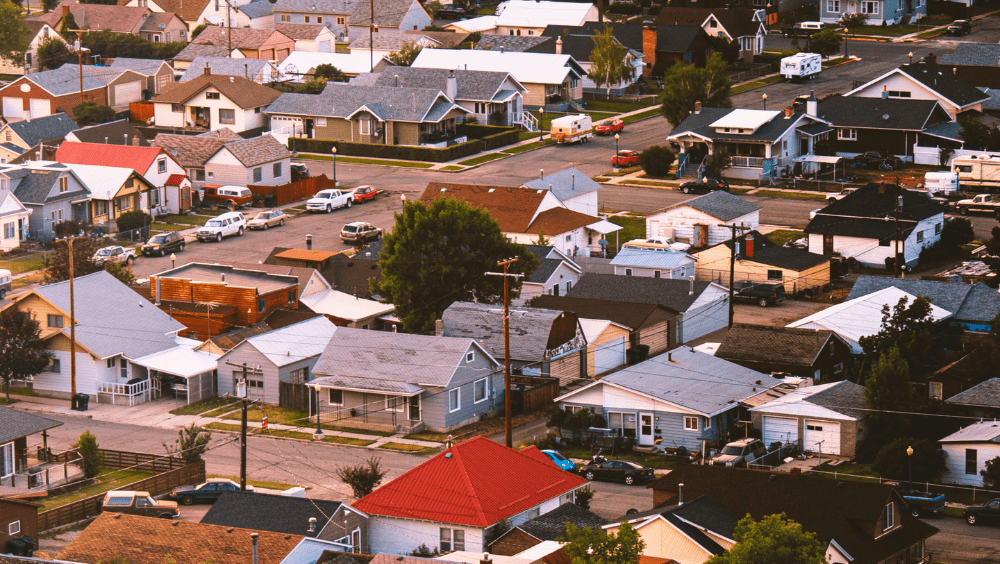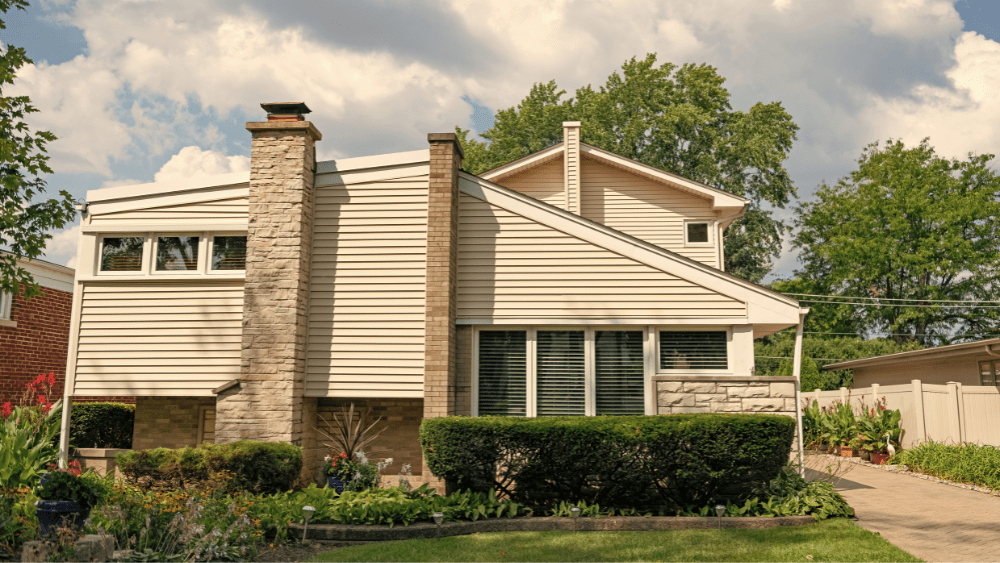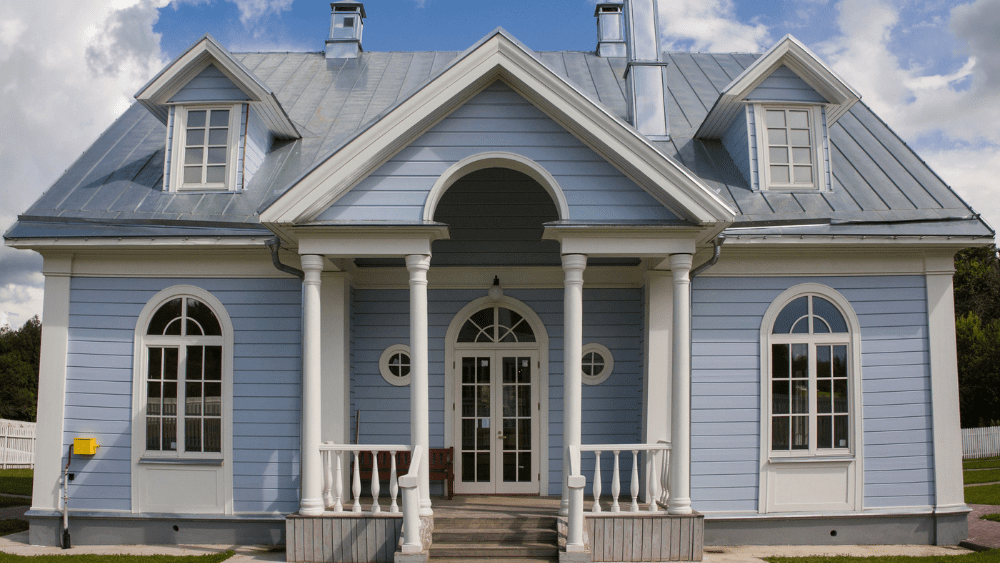
It’s time to move. You want to stay in the United States and have 50 of them to choose from. Where do you even begin? If you’re considering moving to Montana, you first need to get a good idea of how the Treasure State’s cost of living compares to your current home. This guide breaks down what makes up Montana’s living costs, from housing expenses to food and healthcare costs. We’ll provide data from state cost of living index tools and how Montana ranks in the nation for livability. We’ll also share a handy set of additional online resources to measure and compare the cost of living expenses in different Montana communities. When you’re planning to live in a new state, the cost of living there will be a combination of expenses required to maintain your desired lifestyle. Statista a leading market data platform, defines “cost of living” as “the monetary cost of goods and services necessary to maintaining a certain standard of living.” This overall cost will vary significantly based on location, even within the state. But the core living expenses you’ll pay for typically include the following categories: However, the costs often extend beyond these basics to cover other expenses, such as: These elements, when combined, establish the core costs associated with a particular way of living. However, your income and debts will determine your living standard and how the dollar amounts compare to the costs of basic needs in the Montana city where you live — or want to live. Let’s take a quick look at some ways you can compare your current living cost with what you might experience if you move to Montana. A cost of living index (CLI) monitors how much these basic expenses change over time in different cities or regions. They provide a way to compare the price of maintaining a certain standard of living. The CLI is calculated by assessing the price of essential goods and services such as housing, food, healthcare, and transportation in different areas. An index is typically standardized, with a base city or region assigned a baseline index value (often set at 100). Other cities or regions are then compared against this benchmark. For example, a Montana or city with a CLI of 120 would signify that living there is 20% more expensive than the base location, while an index of 80 indicates it’s 20% less expensive. A cost of living index will typically break down and score each basic expense by category. Here are separate scores for Montana from the worldpopulationreview.com Cost of Living Index: Using additional data collected by Forbes, let’s take a closer look at actual dollar amounts and how Montana ranks when compared to the other 50 states in the U.S. (Average yearly expenses for housing, food, healthcare, transportation, and taxes) (Total cost of living subtracted from average salary shown in table below.) If you’re planning a move to the Treasure State, you may be interested in more than just the cost of living data. Here’s a summary of livability insights for Montana: »See more details about these categories on this U.S. News Montana rankings page. Here are some cost of living index links to research additional Montana living expenses: According to the United Van Lines 47th Annual Movers Study that tracks migrations within the United States, here are the reasons why people are moving into Montana or away to other states. Total inbound: 46.4% Total outbound: 53.6% Below is a collection of handy online tools to help estimate your moving costs and living expenses in Montana — from how much you’ll need to pay a mover to how much your current home might sell for and the proceeds you can expect. With today’s smart technology, you can find a wide variety of tools to help you estimate the cost of paying for a mover or how to find a trusted mover for your relocation to Montana. Some examples include: Cost of living calculators are different from cost of living indexes. These tools, typically free, provide a comparison based on income and regional costs for housing, transportation, food, healthcare, and other necessities in the two locations you select. For example, if you live in Boise and want to move to Billings. Some popular cost-of-living calculators include:What makes up the ‘cost of living’ in Montana?
What’s a Montana cost of living index (CLI)?
Montana overall annual cost of living data
Montana cost of living data at a glance
Cost of living factor
Dollar amount
State ranking
Annual salary (average)
$52,200
#40
Transportation costs (annual)
$5,284
#23
Home price (median)
$446,602
#10
Mortgage payments (median monthly)
$2,669
#10
Rental costs (average monthly)
$1,073
#36
Housing costs (renters and homeowners)
$1,072
#35
Food costs (annual average)
$4,827
#7
Healthcare costs (annual average)
$9,791.33
#22
Income taxes (average annual)
$4,563
#34
Montana tax rates
Of 50 states, how does Montana rank for livability?
Montana livability rankings
Additional cost of living indexes
Why are people moving to (or away from) Montana?
Primary reasons people are moving
Inbound
Reason for the move
Outbound
18.50%
Retirement
11.50%
3.10%
Health
1.60%
21.50%
Family
31.10%
9.20%
Lifestyle
14.80%
29.20%
Job
21.30%
1.50%
Cost
0.00%
Budgeting for your move to Montana
1. Online move cost estimators
2. Cost of living calculators
3. Living wage and budget calculators
4. Homebuyer calculators
5. Home seller calculators



